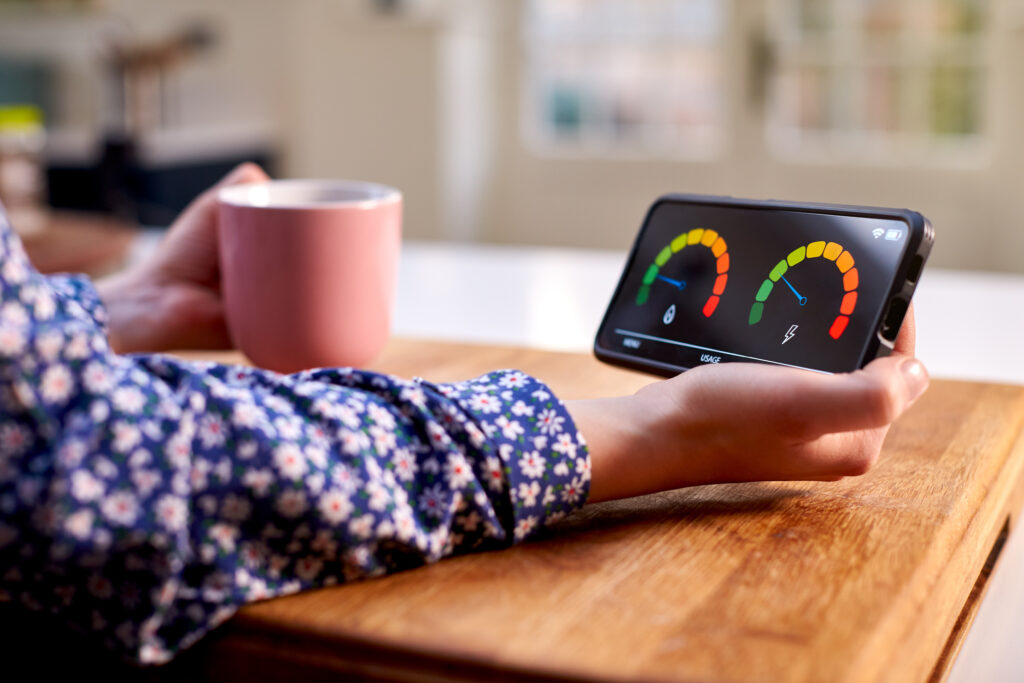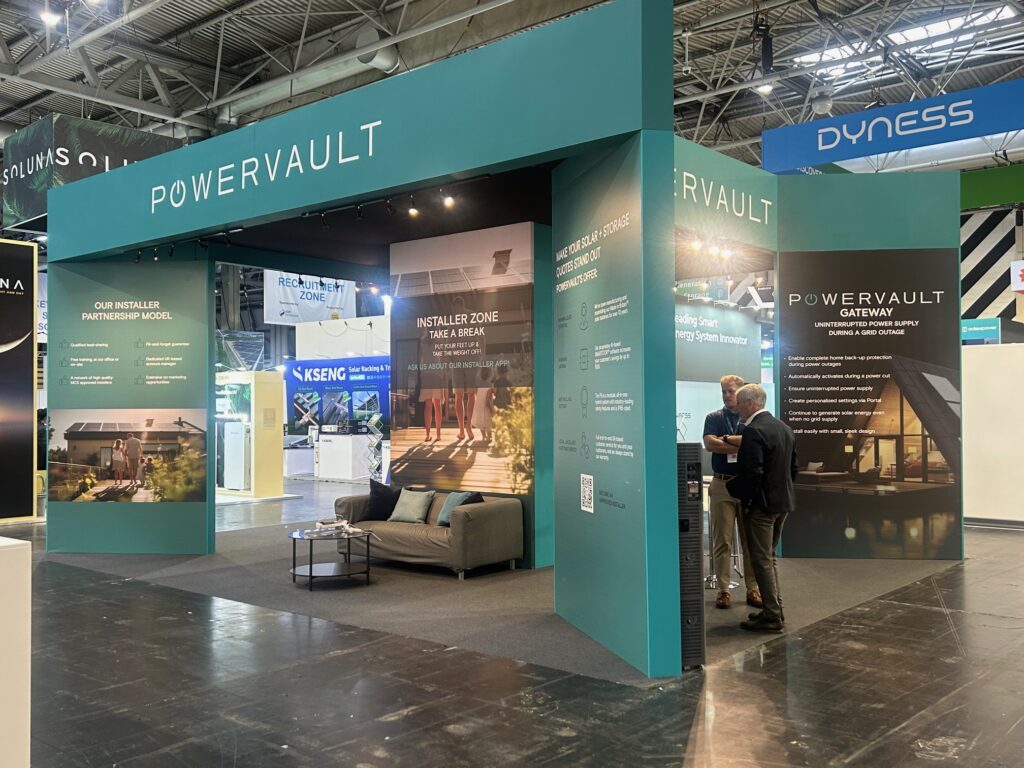InsightGuest Post: Energy Systems Catapult
Powervault 3: The Energy and Cost Savings to Expect
With the global climate crisis, alongside the UK’s mission to achieve net-zero carbon by 2050, it’s never been more important to discover innovative and sustainable energy systems. That’s where the Powervault 3 comes in – this smart energy management system aims to reduce both energy consumption and associated costs through storing free solar energy or cheap grid energy.
How Exactly Does Powervault3 Work?
The Powervault 3 stores free energy produced by rooftop solar panels. The system is compatible with all solar power systems and lets you use more of the solar energy produced when it is most needed. Plus, this energy can also be used when the sun is down. This therefore increases efficiency and reduces the amount of energy wasted. The system also has a user-friendly customer portal which reveals how much you’re saving each day.
How Does the Powervault 3 Save Energy?
The Powervault 3 is an active contributor to the nation’s goal of achieving net-zero carbon emissions by 2050. The energy storage system works with energy suppliers and The National Grid to shift energy demand away from peak times by enabling customers on time-of-use tariffs to save even more on their energy bills by charging on cheaper overnight electricity.
With the Powervault 3, households can reduce their energy demand, on average, by 65%* during winter evenings and cut their emissions by up to 0.3 tonnes per year. Furthermore, every 4.1kWh of energy, when in conjunction with solar power, can reduce a household’s yearly electricity demand by 65%, which in turn reduces carbon emissions.
How Does the Powervault 3 Reduce Costs?
With this reduction of energy comes the reduction of electricity bills. The Powervault 3 can help customers save up to 65%* on their energy bills through solar shifting and smart tariff control. 50% of this is saved by storing solar energy during the day and discharging in the evening, with a further 15% saved by storing cheap, off-peak, time-of-use electricity from the grid overnight before discharging it into the home in the morning.
The customer portal includes customisable charging schedules, meaning that customers can charge their Powervault 3 from the grid at off-peak times when energy rates are lower. It also allows customers to set schedules for a week in advance, which will run automatically until stopped. This means that customers can maximise their energy savings in the winter when less solar energy is being generated.
In addition to reducing costs for customers, the Powervault 3 helps shift energy demand away from peak times, helping local energy networks and The National Grid. Powervault also have a grid servicing platform, GridFLEX, from which customers can receive £120/year for helping to provide services to local and national electricity networks.
Energy Systems Catapult
Energy Systems Catapult is an independent, not-for-profit organisation which seeks to transform the landscape of the UK’s energy system by bridging the gap between industry, government, academia and research.
In the first scoping of the UK’s Digital Energy Landscape, Energy Systems Catapult has identified 184 innovative energy companies, including Powervault 3, who are lowering energy costs, adopting renewable energy and revolutionising the future of energy in the UK.
If you’re working in digital energy innovation, their Innovator Support Platform can help by providing tailored incubation and acceleration support to help overcome barriers, de-risk innovation and secure investments.
To discuss this opportunity, get in touch here: innovatorsupport@es.catapult.org.uk
*Powervault 3 can reduce electricity bills by up to 50% by storing solar energy during the day and discharging it in the evening. Powervault 3 can reduce energy bills by an additional 15% by storing cheap, off-peak Economy 7 electricity from the grid overnight before discharging it into the home in the morning. Powervault 3’s grid charging functionality can be programmed through the Powervault Portal. Savings are based on a 4kWh Powervault 3 unit installed in a property with a 3.68kWp (~12 panels) solar photovoltaic system with average UK solar generation (assuming load factor of 11% used by BEIS). Assumes electricity consumption of 3,100 kWh per annum (Ofgem-average) and standard variable E7 tariff, which is subject to annual increases of 5% (representing average historic increase)
Read more...Recent insight
Energy insight in your inbox
Subscribe to Powervault’s email newsletter and be the first to hear about new products, plus get all the latest news, analysis and insight from Powervault.


